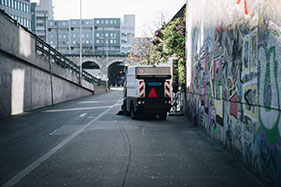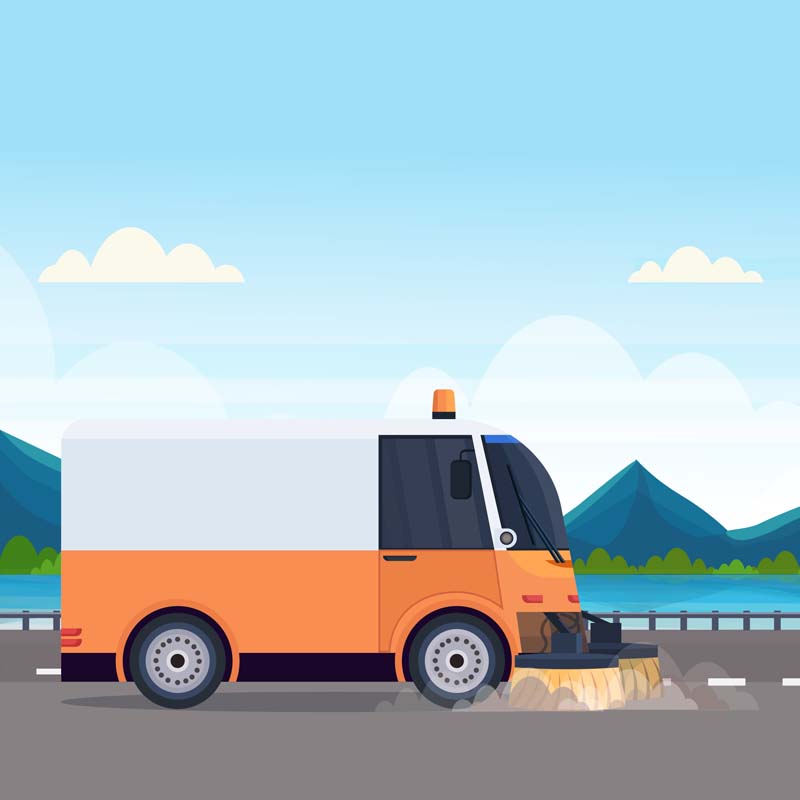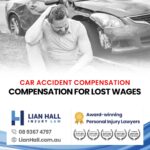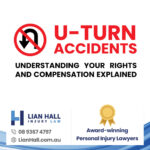Runaway Vehicle Causes Injury To Worker
In the runaway vehicle claim of Hooper v Citywide Service Solutions [2022] VSC 239 a worker was injured when she attempted to stop an out-of-control road sweeper machine from rolling through a shop window.
The claimant was employed as a street sweeper driver. After receiving some basic training Hooper was then given a road sweeping job to do. She drove the machine and needed a break. The sweeper was stopped outside a 7-Eleven store, Hooper engaged the handbrake but left the engine running, got out and went into the shop. While in the shop she turned around and saw that the street-sweeper was moving out of control towards the shop window.
There was a lot of other people in the shop. Hooper was an avid iron-woman, fit, healthy and most of all she cared about others. Hooper had aspirations to work in Operational Health and Safety.
After running out of the shop she tried to climb into the machine to stop it, but in the process slipped and fell in front of the machine, and was crushed against a wall by the machine. Tragically she suffered traumatic lifelong injuries.

Road Sweepers, however small can still cause serious injuries. Credit Claudio Schwarz. UnSplash
Employer Held Liable In Negligence
The employer was held liable for the accident. It was found that they knew machine operators had a system of work whereby the operator could apply the handbrake and then get out of the machine with the engine still running. More importantly the employer also knew about a similar runaway vehicle accident some months before. The employer had investigated that previous accident and knew that it needed to fit alarms to the handbrakes, and, train the drivers in how to apply the brakes. It failed to put the plan into action.
They counter claimed Contributory Negligence. The Defendant claimed that Hooper contributed to her own injuries by trying to stop the sweeper from moving.
Jumping In Front Of A Vehicle To Stop It
The Defendant argued that Hooper had jumped in front of a runaway vehicle to try and stop it and therefore she had put herself in harm’s way. They claimed that Hooper contributed to her own injuries. It was further argued that no reasonable person would have put themselves in that position. They argued that if she had done nothing, that the machine would not have done any harm.
The Court disagreed. They commended Hooper’s selfless actions.
The Court held that by jumping in front of the runaway machine she had not ‘voluntarily put herself in that position’. The Court also held that when she was faced with the emergency situation, she acted instinctively and a lot of people would have made the same decision. It was an emergency situation and she could not be blamed for reacting instinctively in circumstances where somebody else (the employer) had created the danger to others. In fact the Court said that her acts were “instinctive, explicable, selfless and therefore commendable”. The Court rejected the defendant’s argument on contributory negligence.
Hooper was awarded General Damages, Medical Expenses and Past & Future Lost Income in her runaway vehicle claim.
Lessons
The first lesson is that evidence of a previous similar accident is very valuable in your work accident compensation claim.
The second lesson is that an employer will find it very difficult to defend a claim if it knew of a risk, had a plan to do something about it, but failed to put the plan into action.
The third lesson is that an employer cannot blame you for taking instinctive action in the face of an emergency to try to prevent an accident.











